The World Health Organization (WHO) SPECS 2030 initiative envisions a world in which everyone who needs a refractive error intervention has access to quality, affordable and people-centred refractive error services and spectacles. The initiative has the mission to support Member States in achieving the 2030 target endorsed by the Seventy-fourth World Health Assembly on effective refractive error coverage.
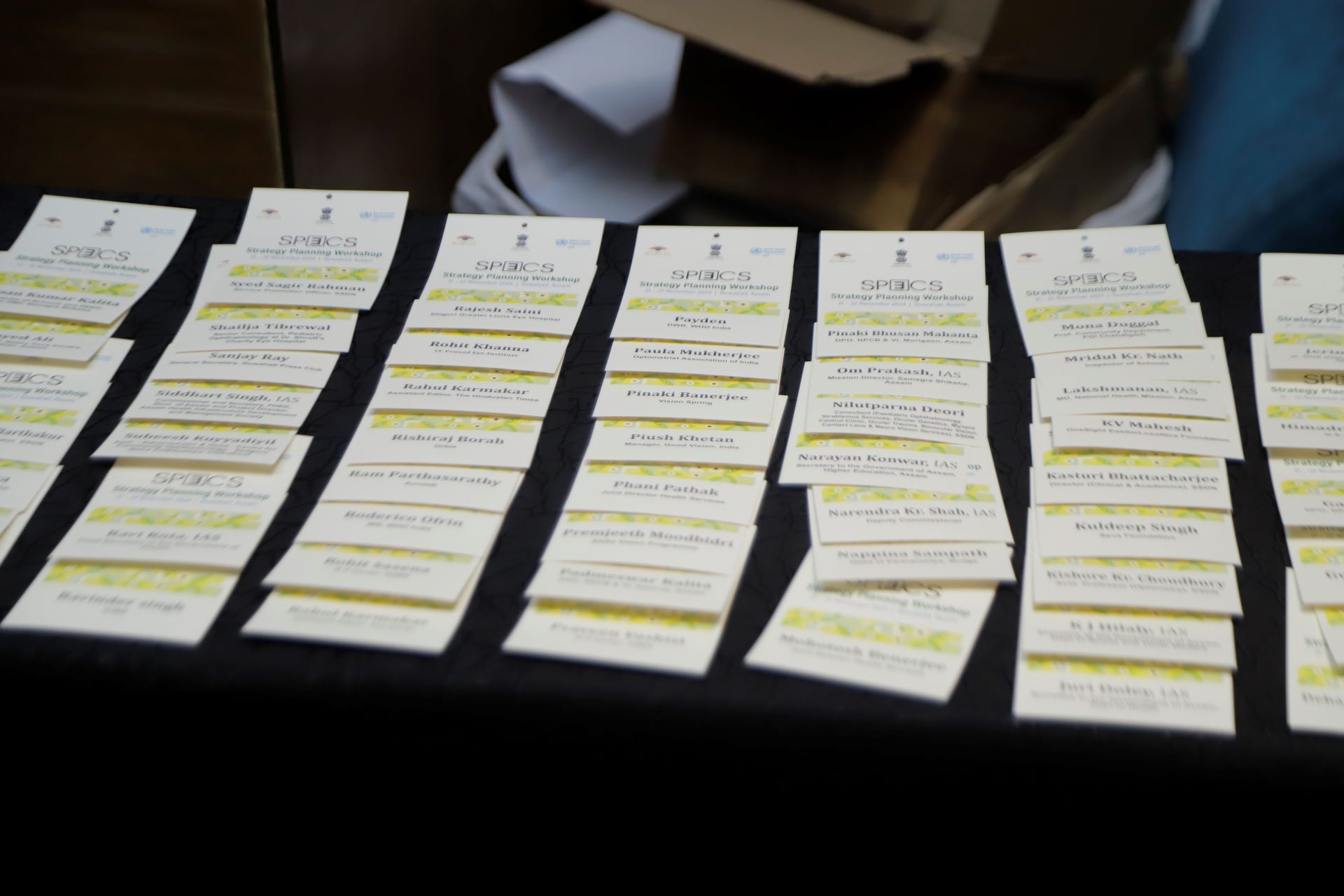
The journey to integrate eye care into Assam's health system made significant progress during the SPECS 2030 strategic workshop. This event took place on November 21-22, 2024, in Guwahati, Assam, with WHO working alongside top government bodies to host it. Their primary goal was to develop a draft action plan for the “Assam Model” to implement SPECS 2030, integrating individual-focused eye care into the region's healthcare system. This effort aligns with the WHO's broader mission to achieve universal health coverage, focusing on expanding high-quality eye care services to less-served areas.
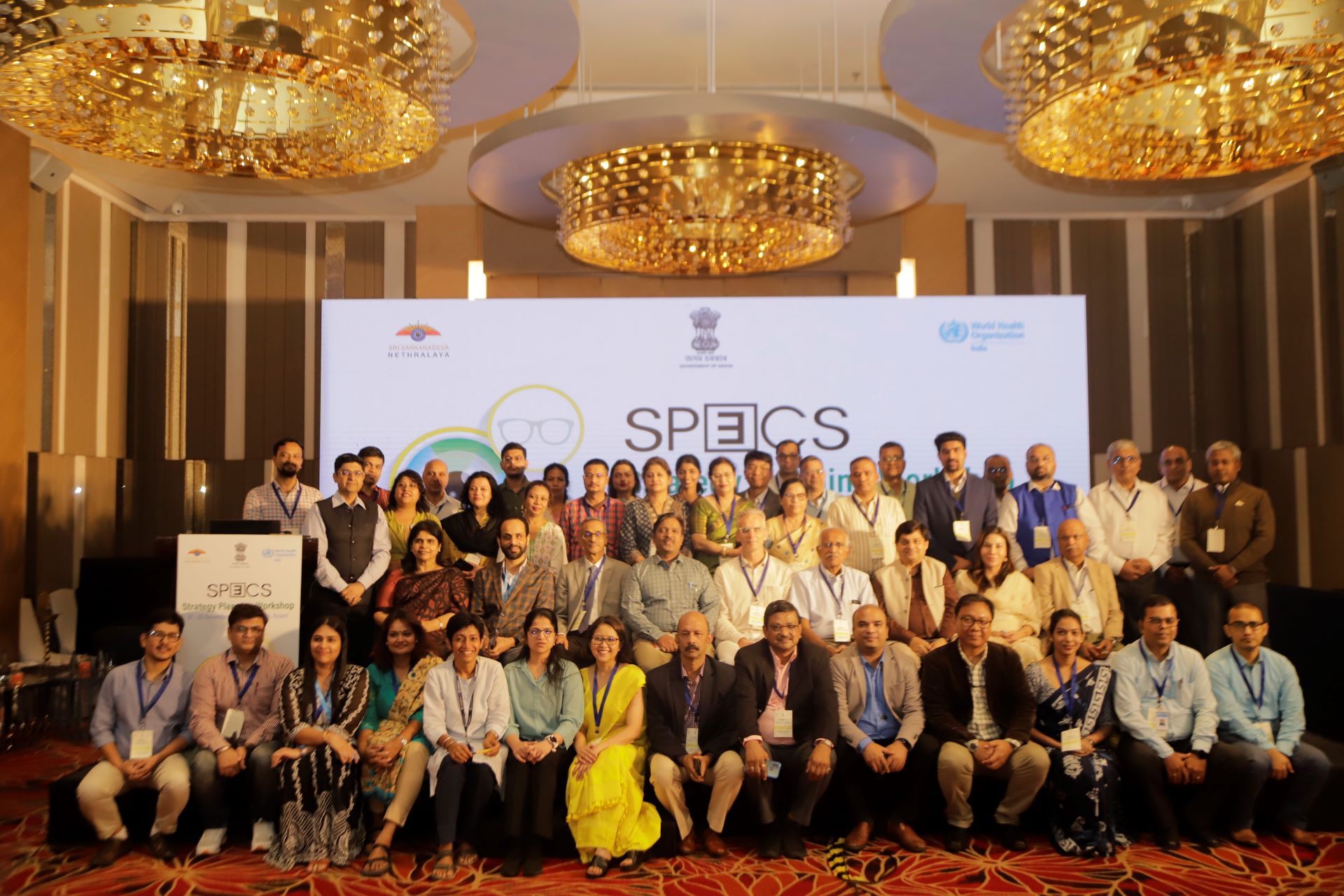
The event commenced with an opening session that featured top government officials, WHO representatives, and key stakeholders from the health, education, and social justice sectors. The Assamese edition of WHO TAP site (WHO’s online trainining in assistive products) and WHO Eyes app (a free mobile app designed to check near and distance visual acuity) going live marked a significant milestone, demonstrating a commitment to making information about eye care accessible to speakers of the Assamese language.
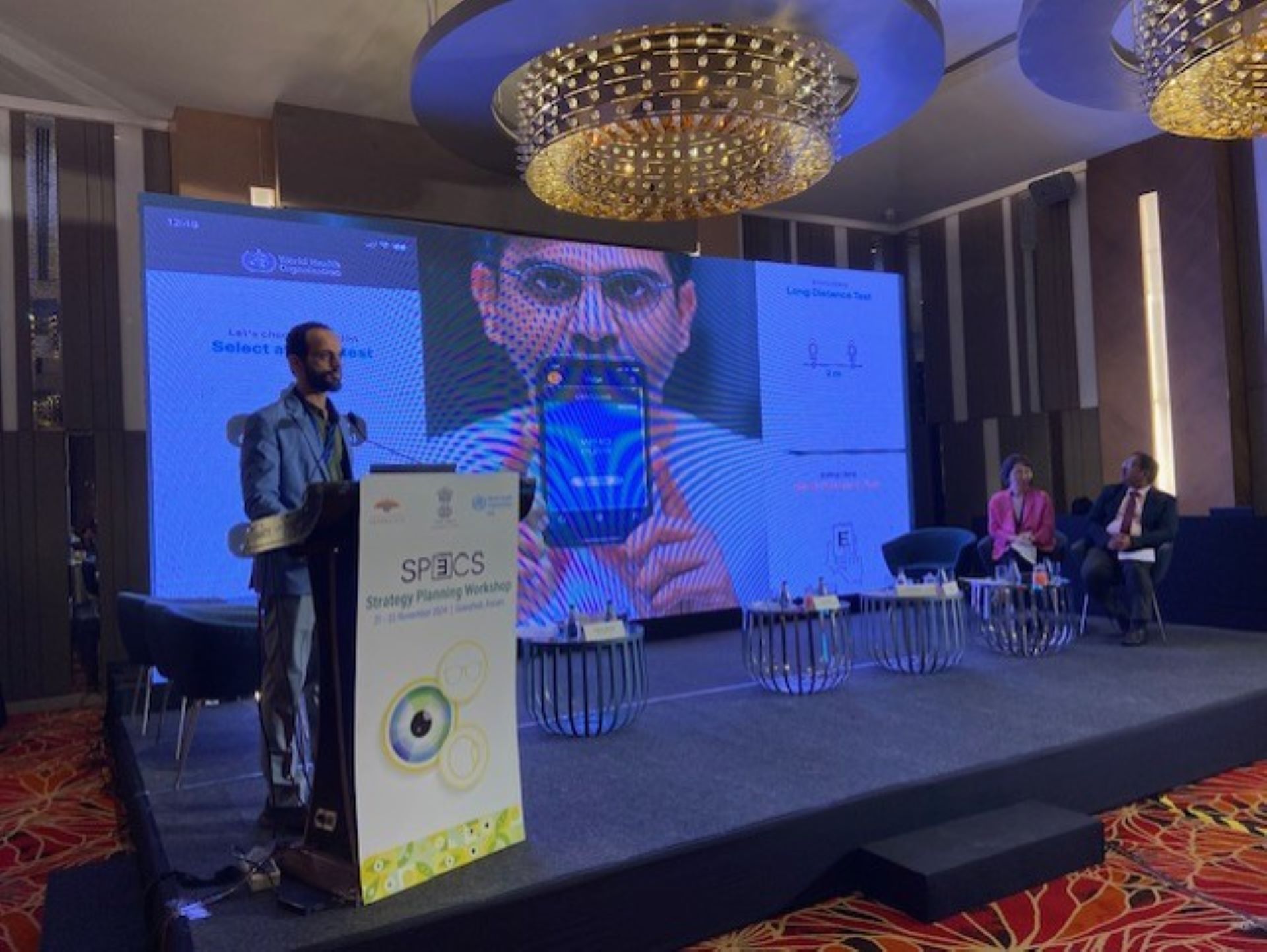
Technical talks followed, providing a global perspective on SPECS 2030 and its implementation in Southeast Asia. WHO officers, health organizations from the region, and key eye care entities shared their expertise on comprehensive eye care strategies and teamwork across different sectors. They emphasized the need to collaborate to deliver comprehensive, accessible, and sustainable eye care in Assam. .
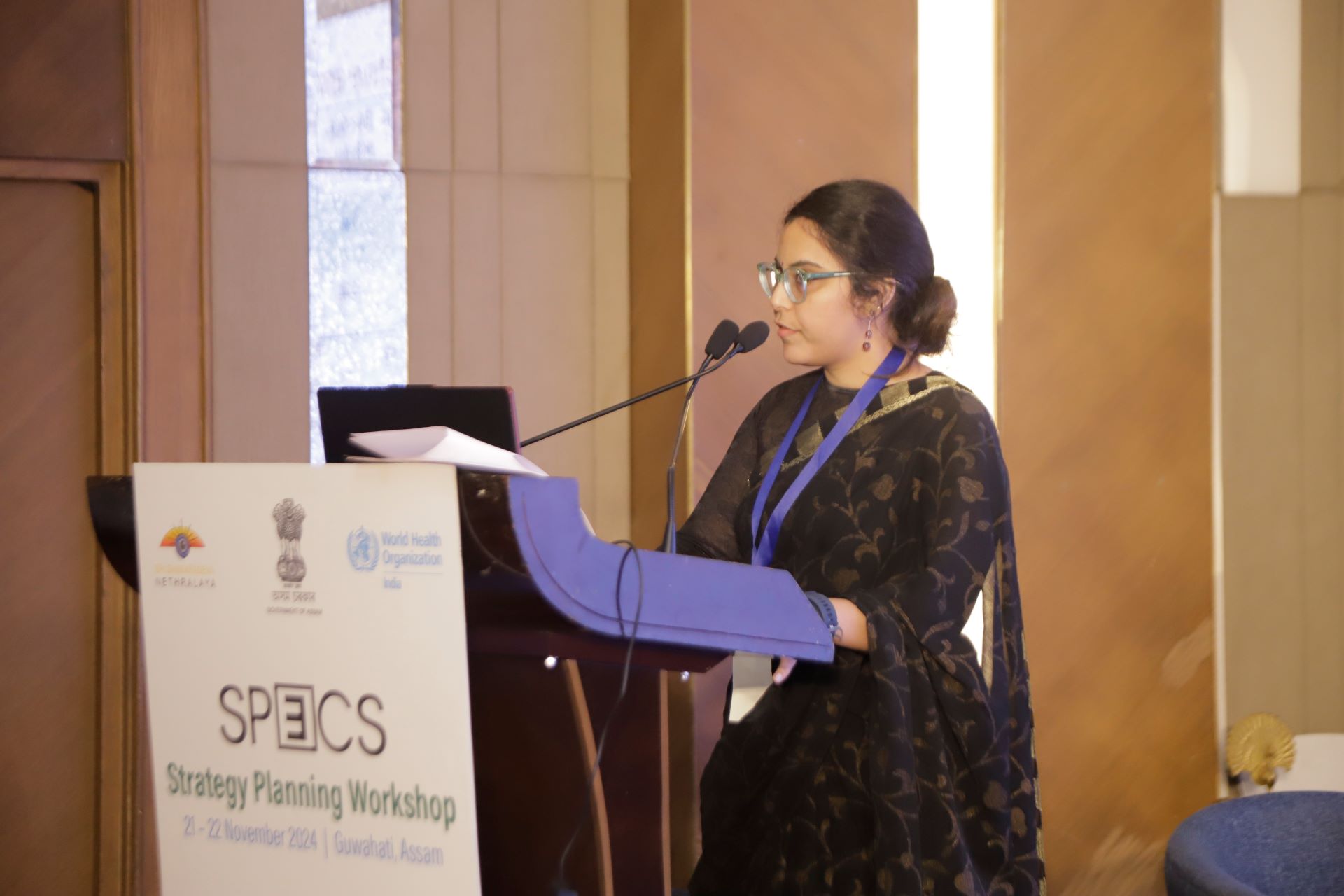
The workshop reached a critical moment during the "field visit" where participants gained real-time experience alongside community eye care personnel. This first-hand involvement enabled meeting participants to observe challenges, consider potential solutions, and gather key information for developing the "Assam Model" to implement SPECS 2030.
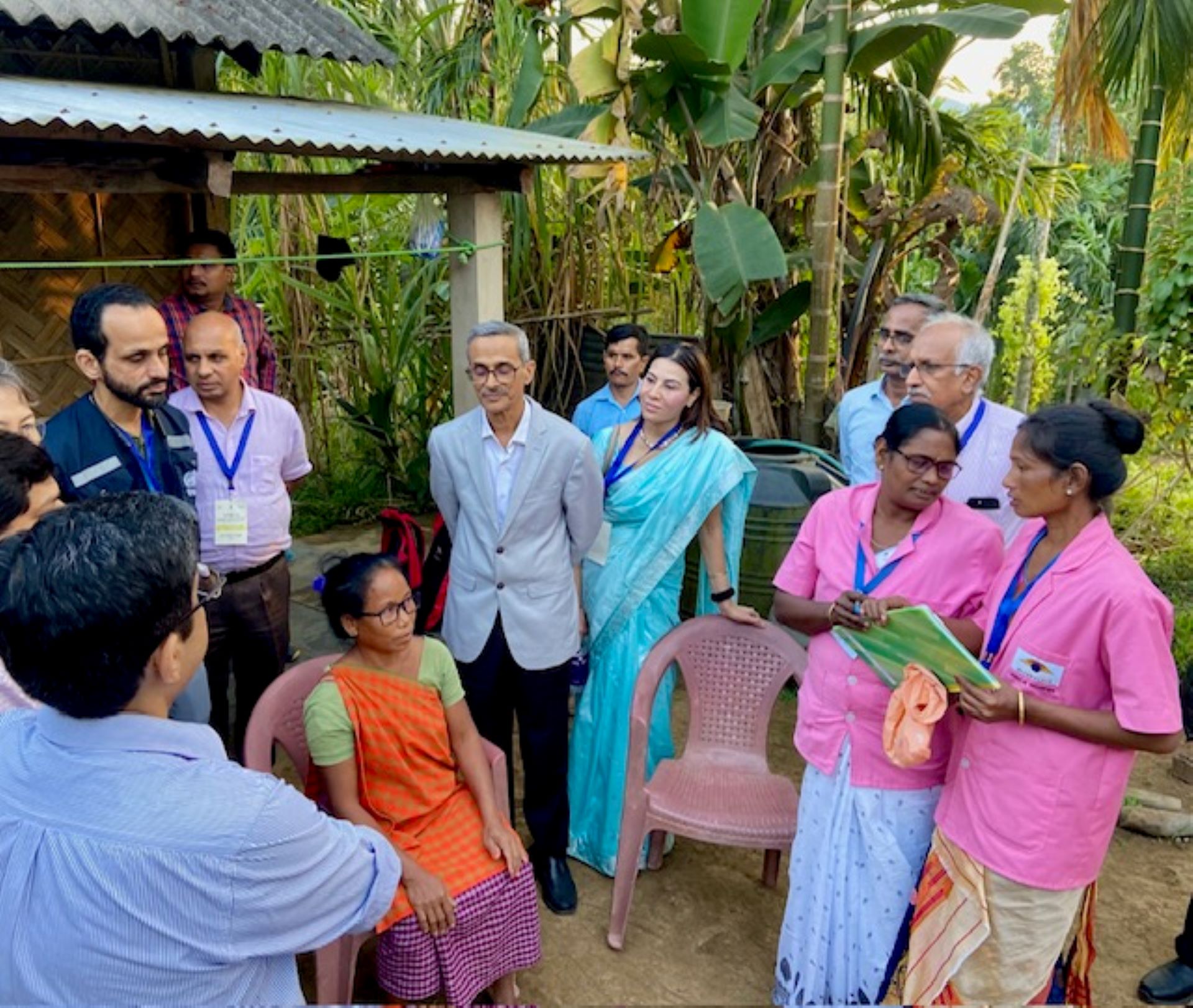

The second day was dedicated to discussing key issues in working groups, such as caring for children's eyes, training eye care personnel and determining where to allocate resources. Experts gave talks about innovative models to provide eye care, including examples from Aravind Eye Care, LV Prasad Eye Institute, and Sri Sankaradeva Nethralaya. Plenary discussions followed, sharpening an "action plan" that addresses all five pillars of SPECS 2030: improving access to Services, building the capacity of Personnel to provide refractive services, enhancing population Education, reducing the Cost of refractive services, and strengthening Surveillance and research.
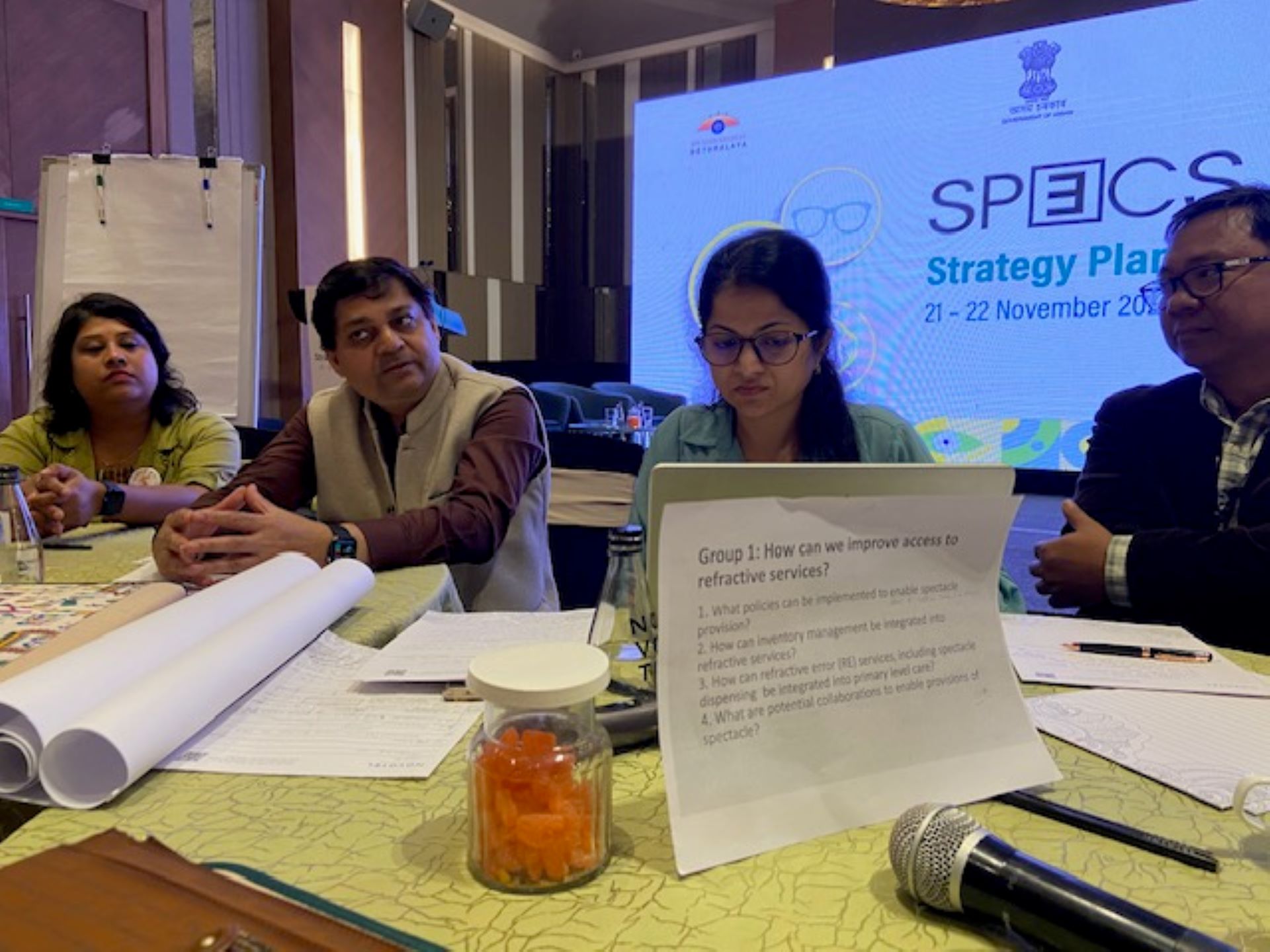
The session concluded, and meeting participants began discussing the next steps to roll out SPECS 2030 in Assam. The big plan was sketched out; it’s focus was integrating eye care into Assam’s healthcare system. WHO, local authorities and non-government stakeholders all have key roles to play in implementing the plan and monitoring its progress. The ideas and experiences generated from this meeting will set the stage for more initiatives like this in India and beyond, demonstrating how teamwork in policymaking can advance global eye health goals.
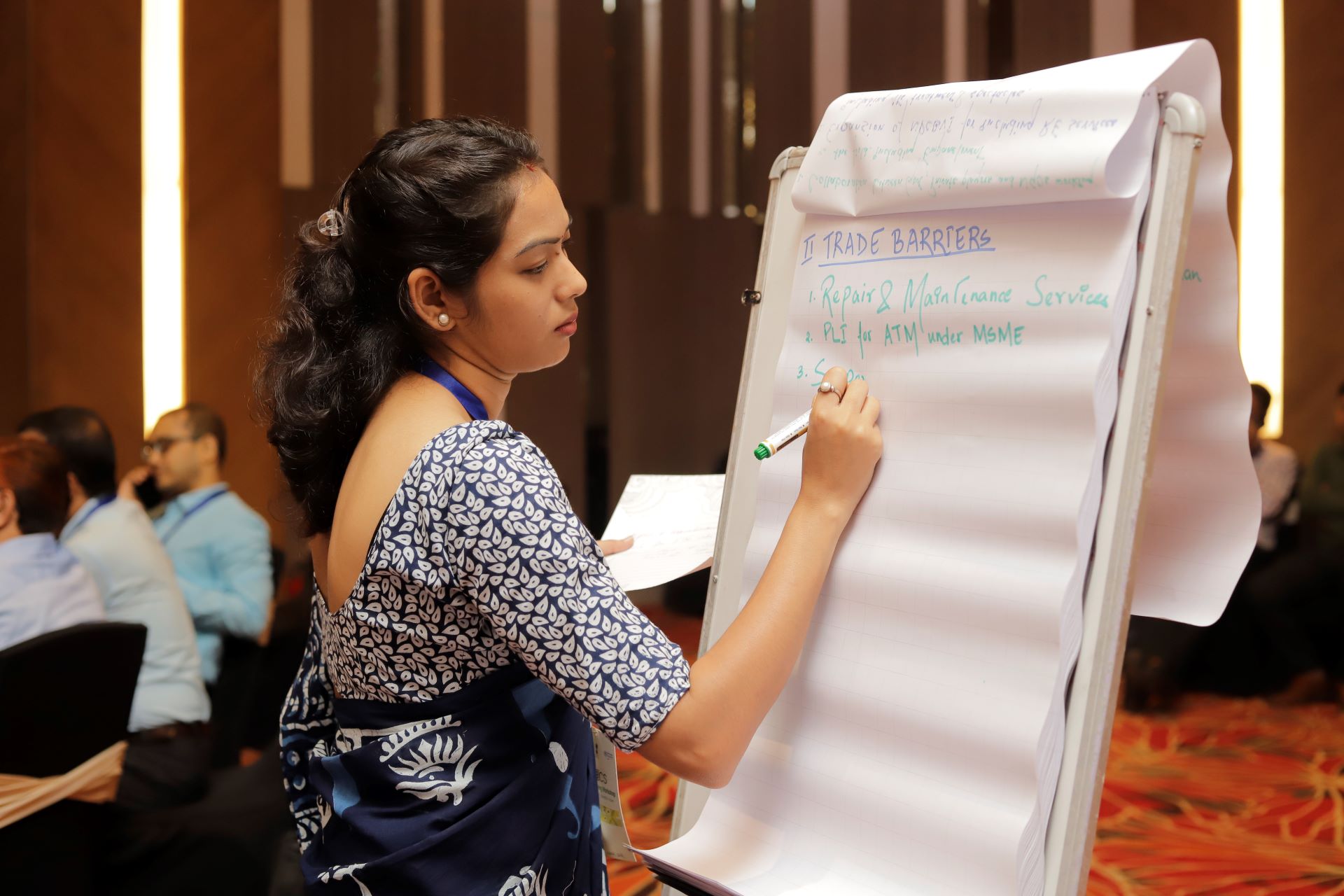
The Assam model is seen as a pilot for SPECS 2030 initiative across wider India. Once some SPECS 2030 approaches are trialled and tested in Assam, the central government plans to roll-out SPECS 2030 activities in other states with the ultimate aim of eye care becoming a crucial part of healthcare for everyone in India.
Photo: WHO/ Andreas Mueller and Sushma Adappa
